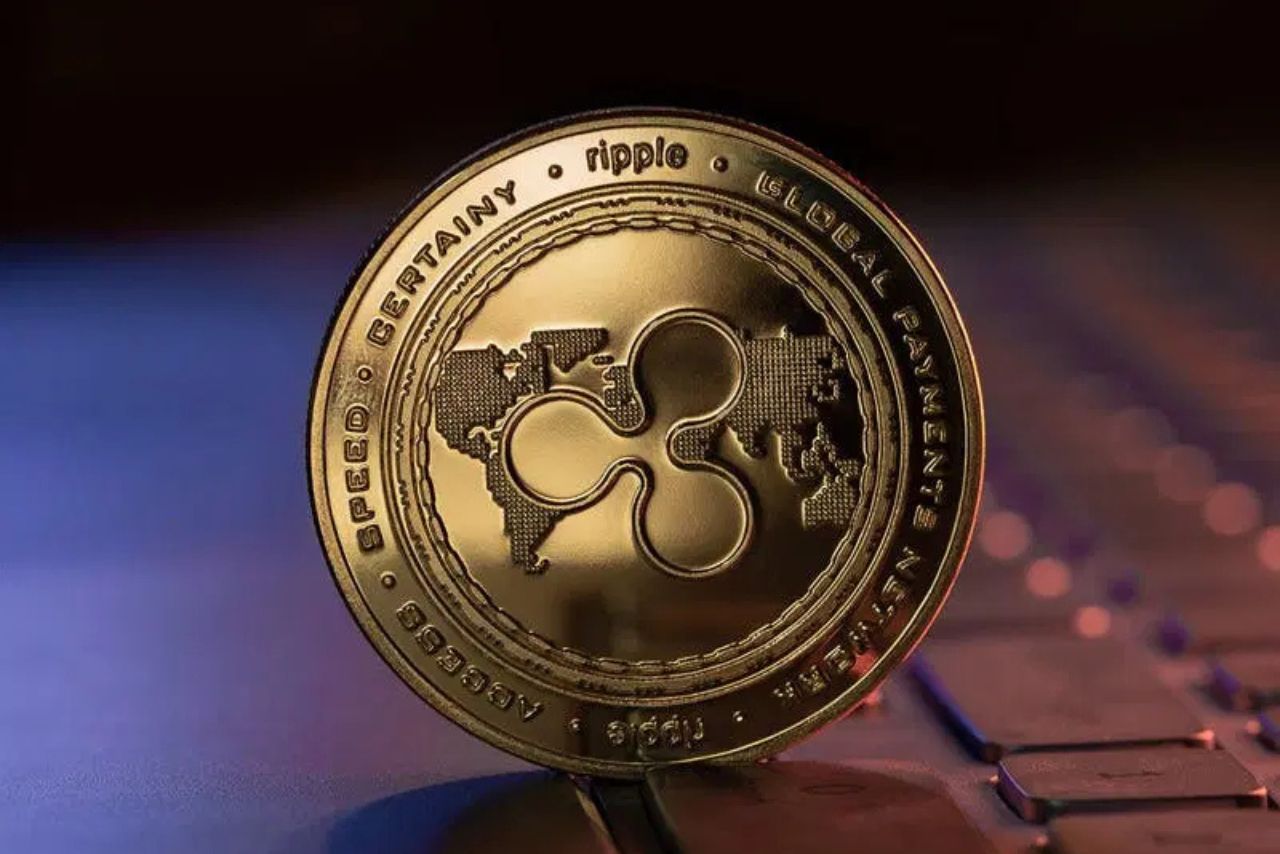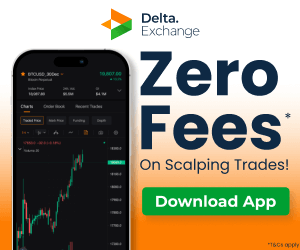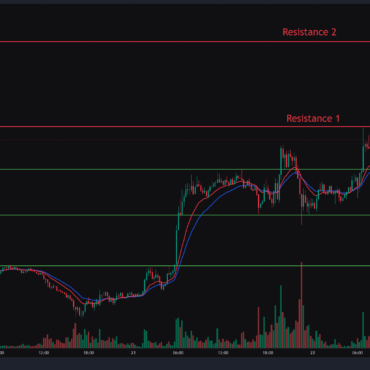XRP stands at the forefront of digital payment solutions in today’s rapidly evolving financial landscape. The digital asset operates independently of its creator, Ripple Labs. Moreover, XRP processes transactions in just 3-5 seconds on its native XRP Ledger.
The asset differs significantly from traditional cryptocurrencies through its consensus mechanism. Furthermore, XRP’s system eliminates the need for mining, setting it apart from Bitcoin and Ethereum.
Practical Applications of XRP
Financial institutions worldwide leverage XRP for seamless cross-border transactions. The digital asset serves as a bridge currency between different fiat currencies.
Banks and payment providers use XRP to source instant liquidity. This eliminates the need to pre-fund nostro accounts in foreign countries. The system cuts operational costs dramatically for financial institutions.
*Pre-fund nostro accounts refer to accounts that banks maintain in foreign financial institutions, holding funds in the local currency of that institution. These accounts are essential for facilitating international transactions and managing foreign exchange risks.
Market Position
XRP maintains its position among the top five cryptocurrencies by market capitalisation. The digital asset’s total supply remains fixed at 100 billion tokens. Currently, 57.56 billion XRP circulate in the market.
24 hour Trading volume is at $16.83 Billion which fluctuates significantly based on market conditions and news events. Additionally, major cryptocurrency exchanges worldwide list XRP for trading. The asset consistently ranks among the most actively traded cryptocurrencies.
Technology behind XRP
The XRP Ledger is one of its most well-known features, offering a fast, secure, and scalable blockchain solution for digital payments. AlsoIts consensus protocol which validates transactions through a network of independent validators.
This protocol system processes 1,500 transactions per second without compromising security. Additionally, the XRP Ledger consumes minimal energy compared to proof-of-work blockchains. The network maintains decentralisation through its unique validator structure.
Legal Status
Recent developments in XRP include a July 2023 U.S. court ruling that XRP is not classified as a security, boosting its market perception and price stability. By December 2024, XRP saw significant price increases, solidifying its position as one of the top cryptocurrencies by market capitalisation.
Speculation & Market Outlook
Several factors contribute to XRP’s appeal as an investment vehicle. The digital asset’s real-world utility sets it apart from purely speculative cryptocurrencies. Furthermore, major financial institutions continue adopting XRP-powered solutions.
The shift in the U.S. administration, particularly with Donald Trump’s pro-crypto stance and the appointment of a more crypto-friendly SEC chairman, is viewed as a catalyst for speeding up the approval of new crypto ETFs, including XRP. Ripple President Monica Long expressed hope that XRP could be part of the next wave of approved ETFs after Bitcoin and Ethereum.
Will price reach 5 by next month End
XRP has surged from $0.55 in November to $3.29 in just two months, reflecting an impressive 498% return. If it maintains this momentum, breaking the $5 barrier seems achievable. However, the market remains cautious as the Trump administration has yet to announce policies that could boost the crypto sector, leading to a decline following his inaugural address.
Conclusion
In conclusion, XRP’s efficiency in cross-border payments provides a significant competitive advantage, enabling financial institutions to reduce transaction costs. Its environmental sustainability appeals to eco-conscious investors, while its scalability ensures consistent performance as transaction volumes grow. With a proven track record, XRP continues to gain traction among banks seeking reliable solutions for international payments, reinforcing confidence in its long-term viability.
Written By Fazal Ul Vahab C H




